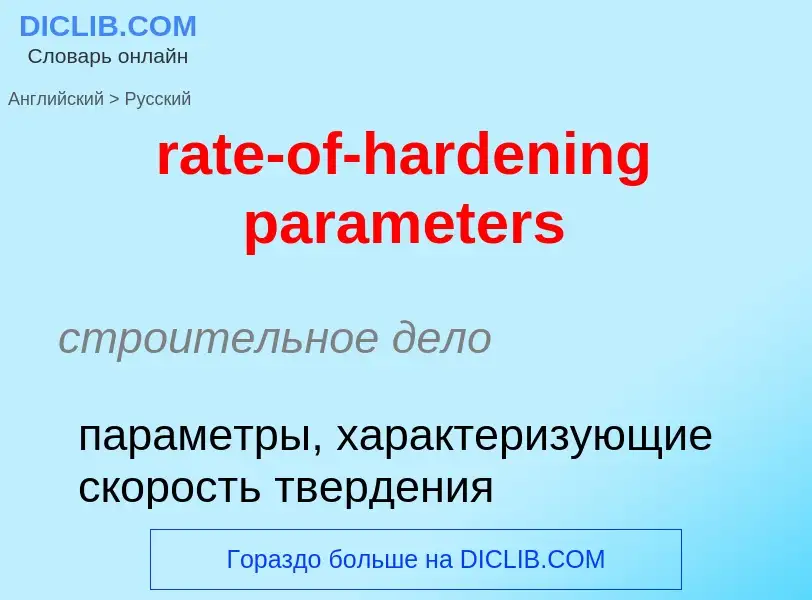Traducción y análisis de palabras por inteligencia artificial
En esta página puede obtener un análisis detallado de una palabra o frase, producido utilizando la mejor tecnología de inteligencia artificial hasta la fecha:
- cómo se usa la palabra
- frecuencia de uso
- se utiliza con más frecuencia en el habla oral o escrita
- opciones de traducción
- ejemplos de uso (varias frases con traducción)
- etimología
rate-of-hardening parameters - traducción al ruso
строительное дело
параметры, характеризующие скорость твердения
['keishɑ:dniŋ]
общая лексика
(поверхностное) упрочнение цементацией
цементировочный
цементирующий
существительное
техника
поверхностное упрочнение
поверхностная закалка
цементация, поверхностная закалка
Definición
.
Wikipedia
Case-hardening or surface hardening is the process of hardening the surface of a metal object while allowing the metal deeper underneath to remain soft, thus forming a thin layer of harder metal at the surface. For iron or steel with low carbon content, which has poor to no hardenability of its own, the case-hardening process involves infusing additional carbon or nitrogen into the surface layer. Case-hardening is usually done after the part has been formed into its final shape, but can also be done to increase the hardening element content of bars to be used in a pattern welding or similar process. The term face hardening is also used to describe this technique, when discussing modern armour.
Hardening is desirable for metal components that are subject to sliding contact with hard or abrasive materials, as the hardened metal is more resistant to surface wear. However, because hardened metal is usually more brittle than softer metal, through-hardening (that is, hardening the metal uniformly throughout the piece) is not always a suitable choice. In such circumstances, case-hardening can produce a component that will not fracture (because of the soft core that can absorb stresses without cracking), but also provides adequate wear resistance on the hardened surface.


